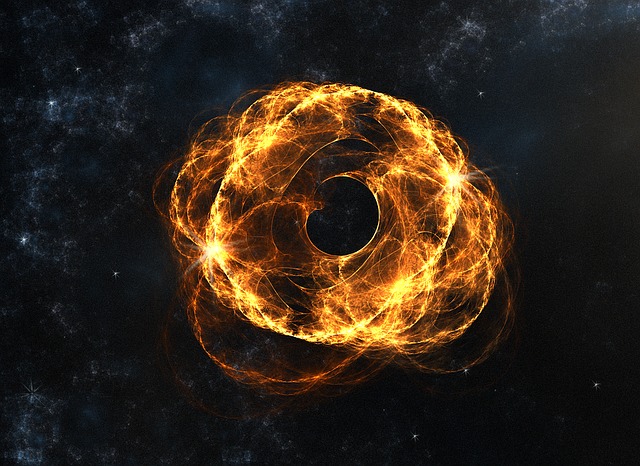Quasar
Quasar term is a short form of the Quasi Stellar Radio Source. Quasars appear like a star. These seem like ordinary faint stars with optical telescope, but radio telescopic tests have shown that these radios are the sources of waves. Marten Schmidt discovered 3C-273 quasar in 1962. In it the value of infrared displacement Z was 0.158. This is an effect of wave motion, which can be seen with dynamic objects. The displacement of the spectrum of the source of the incoming light near it is on the side of the purple and the displacement of the spectrum of away light source is red. Infrared displacement indicates moving away from the light source.
With quasars we get radio waves and X radiation along with light. The size of a quasar is 1 / 100,000th part of our galaxy, but its glow is 100-200 times higher. So far 1500 quasars have been explored.
At night, a milky river of light appears in the sky, which is called the Milky Way or the Milky Way galaxy. The Italian astronomer Galilei first noticed it by his telescope and said that it is actually a huge mass of billions of shimmering stars. This is a galaxy Our solar family is a member of this. Do not know how many other solar systems there are.
All galaxy stars have huge beams. These beams are so vast that some people are called the territories of the universe. Mandakini is spread throughout the universe. 100 billion blinds can be seen from powerful telescopes, whose distance ranges from 1000 light years to 10 million light years. Most galaxies appear scattered in the sky. Mandakini is a group of crores of stars, dust and gases. It is estimated that when the explosion occurred in the first blast, the large group of gas or proto galaxy roams with its own speed due to the spread of substances. Mandakini was created in various shapes and forms due to rotating at a slow and fast pace. There are three main types of galaxies known to date – spiral, elliptical and irregular.
Our Mandakini spiral is Mandakini. Its spiral arms spread far and wide, and our solar system is located in one of these arms. Mandakini has approximately 100,000 light years (30,600 PCs) in diameter. Its center is covered with stellar dust particles. About 32,000 light years (9800PC) away from the Sun is the center of our Mandakini. It is estimated that it is 1200 crore 1400 million years old and there are about 1500 thousand crore stars in it.
Mandakini is roaming on its axis. It revolves around your center faster than the edges. The middle area completes one round on its axis in about 50,000 years. The Sun and its neighboring stars in a circular orbit of 250 km At the average speed per second, orbits around the center of the galaxy. Sun takes about 225 million years to complete one revolution. This period is called the universe year.
In addition to the Milky Way galaxy there are thousands of galaxies in the universe. These galaxies are expanding. There will also be a time when it starts shrinking rather than spreading.
If we look at the galaxy, we also see dark spots in bright areas. These are the areas in which the stars are low.
